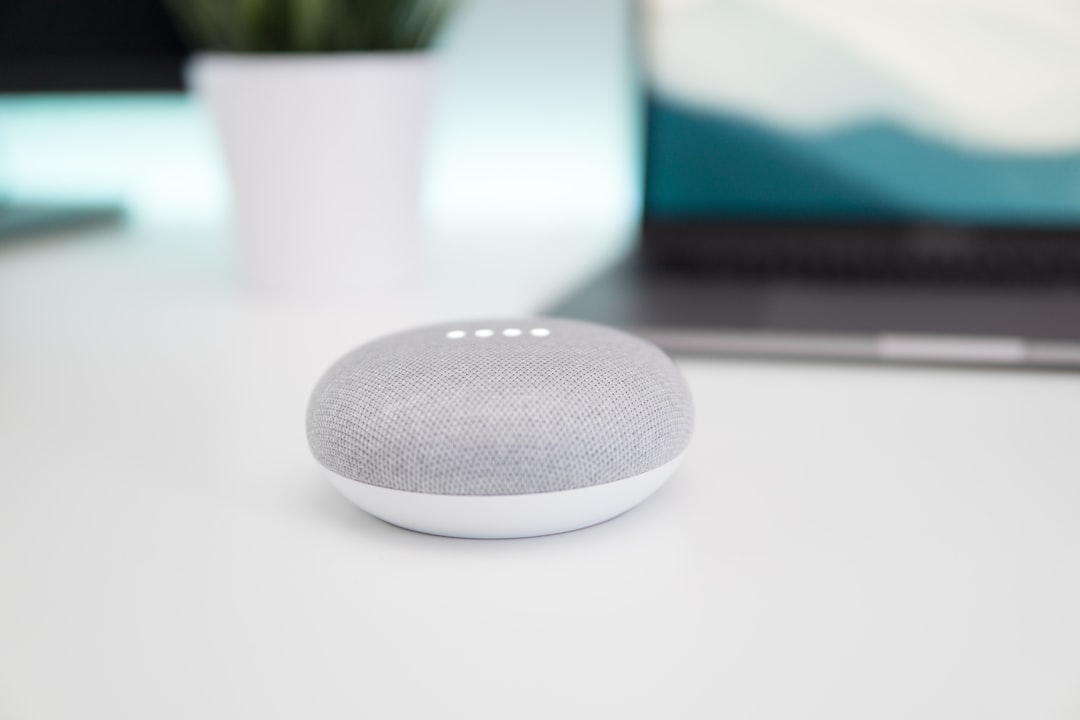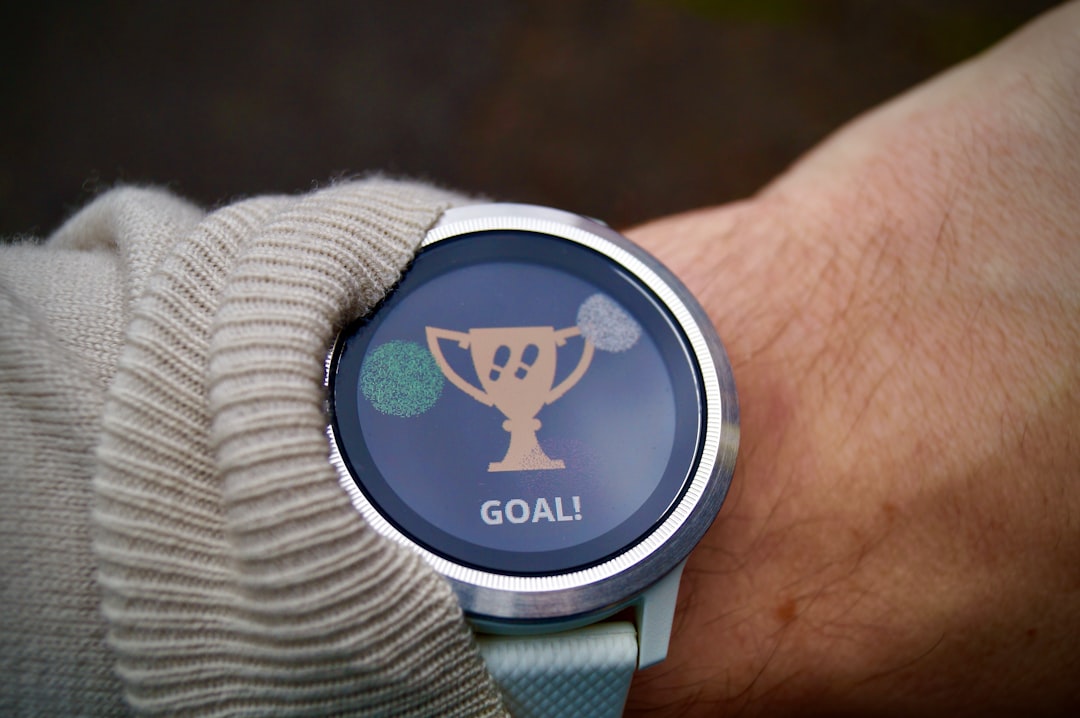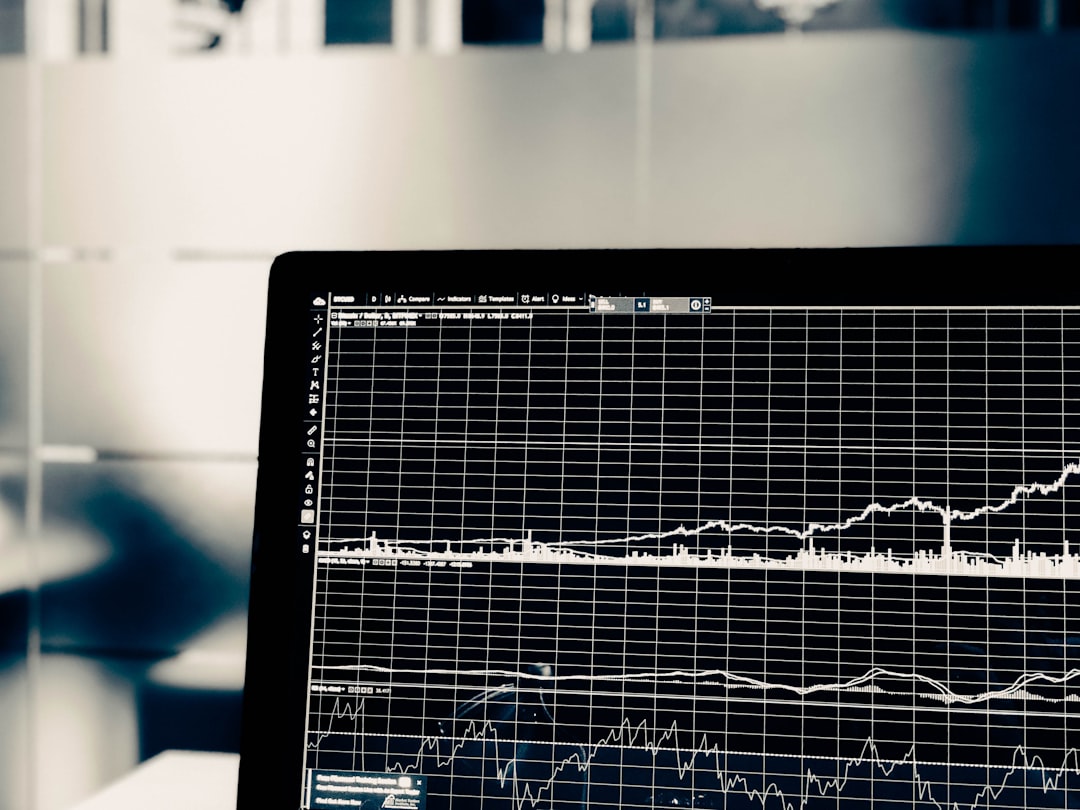In an era where technology is advancing at an unprecedented pace, the proliferation of counterfeit products poses a significant challenge to businesses and consumers alike. Counterfeit goods not only undermine brand integrity but also pose serious risks to consumer safety and economic stability. As the global market becomes increasingly interconnected, the need for effective solutions to combat counterfeiting has never been more pressing.
Enter artificial intelligence (AI), a transformative technology that is revolutionizing the way we detect and prevent counterfeit products. By leveraging sophisticated algorithms and machine learning techniques, AI systems are now capable of analyzing vast amounts of data to identify counterfeit items with remarkable accuracy. The integration of AI into counterfeit detection processes represents a paradigm shift in how brands protect their intellectual property.
Traditional methods of verification, often reliant on manual inspection or basic authentication techniques, are no longer sufficient in the face of sophisticated counterfeiting operations. AI-based systems offer a more robust solution, utilizing advanced image recognition, natural language processing, and data analytics to discern genuine products from fakes. This article delves into the mechanisms by which AI identifies counterfeit goods, explores real-world applications in luxury markets, and discusses the benefits and challenges associated with this innovative approach.
Key Takeaways
- AI-based detection of counterfeit products is revolutionizing the way we identify and combat fake goods in the market.
- AI systems analyze various product features such as materials, design, and packaging to accurately identify counterfeit items.
- AI can detect subtle deviations from authentic brand products, including small details that are often overlooked by human inspectors.
- Case studies have shown that AI-assisted verification of luxury products has significantly improved the accuracy and efficiency of counterfeit detection.
- The use of AI for counterfeit detection offers benefits such as increased accuracy, faster detection, and cost savings for brands and consumers.
How AI systems analyze product features to identify counterfeit items
Image Recognition Technology
AI systems employ image recognition technology to analyze product features and detect counterfeits effectively. By training on extensive datasets of authentic items, these systems learn to recognize specific features such as logos, packaging designs, and even minute details like stitching patterns or color variations.
Multi-Source Data Analysis
When a new product is introduced for analysis, the AI can compare its features against the learned characteristics of genuine products, flagging any discrepancies that may indicate a counterfeit. Moreover, AI systems can also incorporate data from multiple sources to enhance their detection capabilities. For instance, they can analyze product descriptions, customer reviews, and sales data to identify patterns that may suggest counterfeiting activities.
Comprehensive Assessment and Proactive Response
By cross-referencing this information with known databases of authentic products, AI can provide a comprehensive assessment of a product’s legitimacy. This multifaceted approach not only increases the accuracy of counterfeit detection but also enables brands to respond proactively to emerging threats in the marketplace.
Identifying deviations from authentic brand products using AI

One of the most compelling advantages of AI in counterfeit detection is its ability to identify deviations from authentic brand products with remarkable precision. Counterfeiters often attempt to replicate genuine items closely; however, subtle differences can reveal their true nature. AI algorithms are adept at detecting these nuances, whether they pertain to physical attributes or digital representations.
For example, variations in font styles on packaging or inconsistencies in product dimensions can be easily identified by an AI system trained on authentic examples. Furthermore, machine learning models can continuously improve their detection capabilities over time. As they process more data and encounter new counterfeit variations, these systems adapt and refine their algorithms to enhance accuracy.
This iterative learning process allows AI to stay ahead of counterfeiters who are constantly evolving their tactics. By identifying deviations that may go unnoticed by human inspectors, AI not only bolsters brand protection efforts but also contributes to a more trustworthy marketplace for consumers.
Case studies: AI-assisted verification of luxury products
The luxury goods market has been particularly impacted by counterfeiting, with high-value items often targeted by unscrupulous manufacturers. Several brands have turned to AI-assisted verification systems to safeguard their products and maintain consumer trust. For instance, a prominent luxury fashion house implemented an AI-driven platform that analyzes images of handbags submitted by customers for authentication.
The system compares these images against a database of verified products, assessing factors such as stitching quality, material texture, and logo placement. This approach has significantly reduced the incidence of counterfeit sales on online marketplaces. Another notable case involves a luxury watch brand that partnered with an AI technology firm to develop a mobile application for consumers.
This app allows users to scan their watches using their smartphones, instantly providing feedback on authenticity based on visual analysis and historical sales data. By empowering consumers with tools for self-verification, the brand not only enhances customer confidence but also fosters a community of informed buyers who are less susceptible to counterfeit products.
Benefits of using AI for counterfeit detection
The adoption of AI for counterfeit detection offers numerous benefits that extend beyond mere accuracy in identifying fakes. One significant advantage is the speed at which these systems operate. Traditional verification methods can be time-consuming and labor-intensive; however, AI can analyze thousands of products in mere seconds.
This efficiency is particularly valuable in high-volume retail environments where rapid decision-making is crucial. Additionally, AI systems can operate around the clock without fatigue, ensuring continuous monitoring of products across various platforms. This capability is especially important in the digital age, where online marketplaces are rife with counterfeit listings that can emerge at any moment.
By automating the detection process, brands can allocate resources more effectively and focus on strategic initiatives rather than being bogged down by manual inspections.
Challenges and limitations of AI-based counterfeit detection

Data Quality and Diversity: A Significant Limitation
Despite its many advantages, the implementation of AI-based counterfeit detection is not without challenges.
If an AI model is trained predominantly on a narrow dataset that lacks representation of various counterfeit styles or variations, its effectiveness may be compromised when faced with new or unique counterfeits.
Maintaining Accuracy and Addressing Nuances
Ensuring that training datasets are comprehensive and up-to-date is essential for maintaining high levels of accuracy. Moreover, while AI excels at identifying visual discrepancies, it may struggle with more nuanced forms of counterfeiting that involve complex supply chain issues or fraudulent documentation. For instance, counterfeiters may produce authentic-looking products but use substandard materials or employ deceptive marketing practices that are not easily detectable through image analysis alone.
A Holistic Approach to Effective Counterfeiting Detection
As such, a holistic approach that combines AI with human expertise may be necessary to address the multifaceted nature of counterfeiting effectively.
Future developments in AI-based counterfeit detection
Looking ahead, the future of AI-based counterfeit detection appears promising as technology continues to evolve. One potential development is the integration of blockchain technology with AI systems to create immutable records of product authenticity. By linking each product to a unique digital identity stored on a blockchain, brands could provide consumers with verifiable proof of authenticity that is resistant to tampering or fraud.
Additionally, advancements in natural language processing could enhance AI’s ability to analyze textual data related to product descriptions and customer feedback. This would enable systems to detect patterns indicative of counterfeiting beyond visual analysis alone. As machine learning algorithms become more sophisticated, we may also see increased collaboration between brands and technology firms to develop tailored solutions that address specific industry challenges.
The potential impact of AI in combating counterfeit products
In conclusion, the integration of artificial intelligence into counterfeit detection processes represents a significant leap forward in the fight against fraudulent goods. By harnessing advanced technologies such as image recognition and data analytics, brands can protect their intellectual property while ensuring consumer safety and trust. The case studies highlighted demonstrate the tangible benefits that AI can bring to luxury markets and beyond.
As we move into an increasingly digital future, the potential impact of AI in combating counterfeit products will only grow stronger. While challenges remain in terms of data quality and complexity, ongoing advancements in technology promise to enhance the effectiveness of these systems further. Ultimately, the collaboration between brands, consumers, and technology providers will be crucial in creating a marketplace where authenticity prevails over deception—a goal that is not only desirable but essential for sustainable economic growth and consumer confidence.
Die KI-basierte Erkennung von Markenfälschungen ist ein wachsendes Feld, in dem KI-Systeme gefälschte Produkte identifizieren, indem sie Produktmerkmale analysieren und Abweichungen von authentischen Markenprodukten erkennen. Ein interessanter Anwendungsfall ist die KI-gestützte Überprüfung von Luxusprodukten, die sicherstellt, dass Verbraucher vor Betrug geschützt sind. Weitere Informationen zu den Auswirkungen von Künstlicher Intelligenz auf verschiedene Bereiche finden Sie in diesem Artikel über Künstliche Intelligenz.
FAQs
What is KI-based recognition of counterfeit products?
KI-based recognition of counterfeit products refers to the use of artificial intelligence (KI) systems to identify and distinguish counterfeit products from authentic ones by analyzing product features and detecting deviations from genuine brand products.
How do KI systems recognize counterfeit products?
KI systems recognize counterfeit products by analyzing various product features such as packaging, materials, logos, and other distinguishing characteristics. They compare these features with a database of authentic product information to identify any discrepancies or irregularities that may indicate a counterfeit product.
What are the applications of KI-based recognition of counterfeit products?
The applications of KI-based recognition of counterfeit products include the verification of luxury goods, pharmaceuticals, electronics, and other high-value products. It can be used by brands, retailers, and customs authorities to identify and prevent the distribution of counterfeit products.
How accurate are KI systems in recognizing counterfeit products?
KI systems can achieve high levels of accuracy in recognizing counterfeit products, especially when trained on large datasets of authentic and counterfeit product information. However, the accuracy of KI systems may vary depending on the quality of the data and the sophistication of the counterfeit products.
What are the benefits of using KI-based recognition of counterfeit products?
The benefits of using KI-based recognition of counterfeit products include the ability to quickly and accurately identify counterfeit products, reduce the distribution of fake goods, protect brand reputation, and ensure consumer safety by preventing the sale of potentially harmful counterfeit products.











Leave a Reply